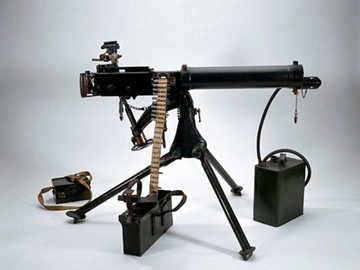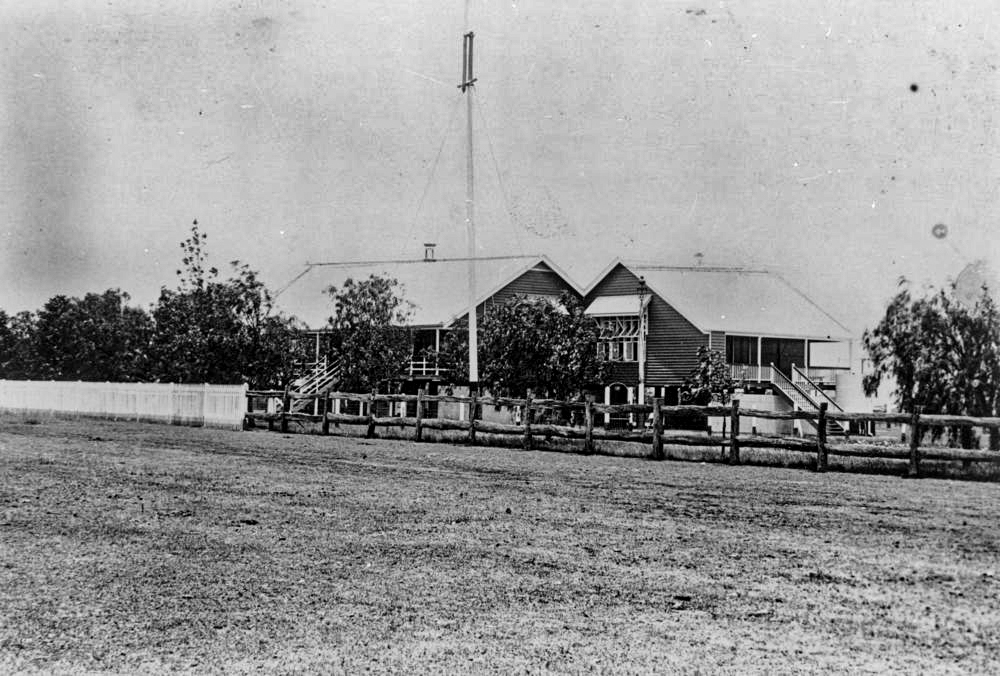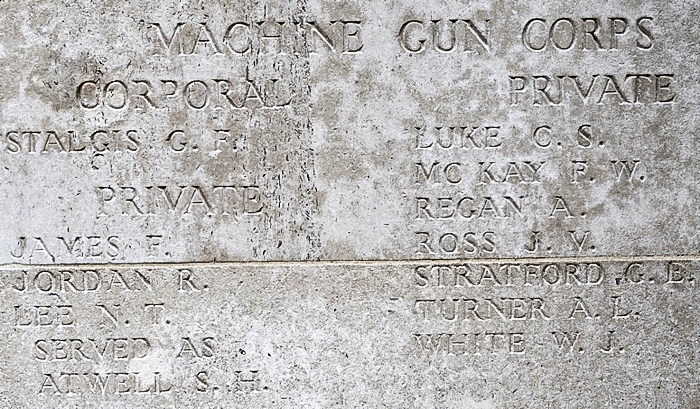Gordon John STRATFORD
Eyes blue, Hair black, Complexion fresh
Gordon Stratford
Can you help us identify Gordon?
Gordon was killed in Action at Fromelles. As part of the 8th Machine Gun Company he was positioned near where the Germans collected soldiers who were later buried at Pheasant Wood. There is a chance he might be identified, but we need help. We are still searching for suitable family DNA donors.
In 2008 a mass grave was found at Fromelles, a grave the Germans dug for 250 (Australian) bodies they recovered after the battle.
If you know anything of contacts for Gordon here in Queensland or New South Wales or his relatives from England, please contact the Fromelles Association.
See the DNA box at the end of the story for what we do know about his family.
Gordon’s Early Life
Gordon John Stratford was born in April 1897 in Brisbane, Queensland to John and Laura (nee Lowe) Stratford, their only child. Laura had been married previously to Hugh Callendar and had six children between 1885 and 1891 while living in New South Wales.
While Gordon’s half-siblings were older, it does not appear likely that they grew up with him, as his eldest half-sister Laura had to seek family input to confirm Gordon’s full name for the Army’s records. John Stratford was a labourer and a railway porter. The family were living in Forest Hill, Queensland, 90 km west of Brisbane, where Gordon attended the Forest Hill State School.
Sadly, John Stratford died when Gordon was just 9 years old. His mother remarried, George Barrcroft, a year later and they moved to Brisbane. Gordon attended the New Farm State School in the central Brisbane area. Gordon then worked as a farmer and a labourer. He was likely working in Kilcoy, 100 km north of Brisbane, when he enlisted, as he is commemorated at the memorial there. His mother Laura died in 1918.
Off to War
With the support from his mother, Gordon enlisted in the Australian Imperial Force on 8 July 1915 in Brisbane. He was assigned to the newly formed 31st Battalion, B Company.

The 31st Battalion was formed with two companies from Queensland and two companies from Victoria. Gordon’s initial training was at the Rifle Range Camp in Enoggera, outside of Brisbane. Gordon had initially been assigned to be a Driver but was moved into the Machine Gun Section in September.
The Queensland companies joined the Victorians in early October at Broadmeadows in Victoria. Before sailing for Egypt on 5 November aboard the troopship Bakara, the 31st had been on parade in Melbourne in front of a good crowd. The Minister for Defence, H.F. Pearce said:
“I do not think I have ever seen a finer body of men.”
Gordon arrived at Port Suez on 13 February 1916. With all the arrivals in Egypt, reorganizations were underway. Gordon remained in the Machine Gun Section, but while in Tel-el-Kebir in early March it was designated as a part of the 8th Brigade. The months passed in training and sightseeing, but by the time the move to France came, the men were all heartily sick of Egypt. Private Les Smith’s (934) letter home pretty well sums it up.
The call to move to the Western Front finally came and Gordon sailed from Egypt on 16 June 1916 aboard the Tunisian, arriving in Marseilles on the 23rd.
The Battle of Fromelles
Machine Gunners were an essential part of an attack, but in the circumstances at Fromelles they were challenged by the requirements of the legendary Vickers Medium Machine Guns.

The gun had a crew of three. It was not easily portable and was preferably sited in a prepared fixed position. In an attack the gun would be sited to provide indirect 'plunging fire' into enemy positions to prevent enemy reinforcements reaching the objective of the attack, similar to artillery, or to provide defensive fire across the front of the "limit of exploitation" of the attack as protection against counterattack by the enemy.
However, it was a target for the enemy, it was heavy and it had to be moved forward as needed while under fire, exposing the machine gun crews.

The 8th Brigade’s position was on the left flank of the Australian attack, with only 100 metres of No Man’s Land to get the German trenches. As they advanced they were to link up with the 14th Brigade on their right. However, their position on the extreme left flank made their job more difficult, as not only did they have to protect themselves while advancing, but they also had to block off the Germans on their left, to stop them from coming around behind them.
The attacking 31st and 32nd Battalions were in position by 5.45 PM and the charge over the parapet began at just before 6 PM. They were successful in the initial assaults and by 6.30 PM were in control of the German’s 1st line system (map Trench B), which was described as:
“practically a ditch with from 1 to 2 feet of mud and slush at the bottom”.

Unfortunately, with the success of their attack, ‘friendly’ artillery fire caused a large number of casualties. A German machine gun was taken out in their early advances, but they were still being “seriously enfiladed” from their left flank. By 8:30 PM the Australians’ left flank had come under heavy bombardment with high explosives and shrapnel. Return bombardment support was provided and they were told that:
“the trenches were to be held at all costs”.
Fighting continued through the night. The Australians made a further charge at the main German line beyond Trench B, but they were low on grenades, there was machine gun fire from behind them from the emplacement at Delangre Farm and they were so far advanced that they were getting shelled by both sides.
At 4:00 AM the Germans began an attack from the Australian’s left flank, bombing and advancing into Trench A (map). Given the Australian advances that had been made earlier, portions of the rear Trench E had been left almost empty, which then enabled the Germans to be in a position to surround the soldiers.
At 5:30 AM the Germans attacked from both flanks in force and with bombing parties:
“The enemy swarmed in and the retirement across No Mans’ Land resembled shambles, the enemy artillery and machine guns doing deadly damage.”
Soon afterwards the surviving Australians were out of the trenches. The nature of the battle was summed up by Private Jim Cleworth (784) from the 29th:
"The novelty of being a soldier wore off in about five seconds, it was like a bloody butcher's shop".
The ultimate impact for the 8th Brigade was that 599 were killed or died of wounds and of this, 372 were not able to be identified - including Gordon. The efforts of the Machine Gun Company were well recognised by the Commanders – “a tower of strength and all ranks did everything that was possible for men to do.”

What Happened to Gordon?
The only report of what happened to Gordon during the battle was a 1919 Red Cross witness statement from a fellow 8th Machine Gun Company soldier R. Smith (295). His physical description of Gordon is a good fit, but his statement did not have any information about how Gordon was killed and it also states that Gordon was buried at “Cellar Farm Cemetery”. There are no confirming records for this.

Cellar Farm was a communications trench, not a cemetery (see map). A number of soldiers have been found to be ‘buried in the sap’ (a trench) in the vicinity of the front lines and, given chaotic nature at the end of the battle, it is possible Gordon could have been killed/buried here, but there are no formal records of his burial. The statement was also three years after the battle. News that Gordon was missing did reach home not long after the battle.
Notices were in the newspapers in August, but unsurprisingly given the nature of the battle no further information was able to be provided to his family. His mother wrote to the Army in April 1917 seeking news or getting his belongings sent home to allow her some degree of closure, but even with the extensive searches being done by the Army nothing about Gordon was available.

Finally, Gordon was declared as having been killed in action on 20 July 1916 at a Court of Enquiry in the field on 29 July 1917. Gordon was awarded the 1914-15 Star Medal, the British Victory Medal, the Star Medal, a Memorial Scroll and a Memorial Plaque. His medals were given to his stepsister Laura Callendar, as both of his parents had died by the time they were issued.
There was an administrative error made about his middle name, which had been entered at some stage as Edward, not John. This was later corrected for his official records, but not in time for the inscription of his name at the VC Corner Memorial in Fromelles. Gordon is also commemorated at the Kilcoy, Queensland Roll of Honour.
###Can Gordon still be found?
As of 2024, 113 of the 372 originally unidentified soldiers from the 8th Brigade have been confirmed to be in the German mass grave at Pheasant Wood that was found in 2008. These soldiers have now been given a proper burial and recognition. There are a further 70 soldiers of the 250 that were in the grave who are as yet unidentified.
One of them could be Gordon. We need to find male and female relatives from both of Gordon’s parents and their families who can provide DNA to look for a match. If you know anything of contacts for Gordon in Queensland or New South Wales or his relatives from England, please contact the Fromelles Association.
Family connections are sought for the following soldier
| Soldier | Gordon John Stratford (1897-1916) |
| Parents | John Thomas Stratford (1867-1906), b Salford, Manchester, England, d Brisbane, QLD and Laura Jane Lowe (1864-1918) b Dudley Staffordshire England, d Brisbane QLD, also married Hugh Callendar and George Barrcroft in 1907 |
| Half-Siblings | Laura Callendar (1885-1949) | ||
| Frederick Callendar (1886-1887) | |||
| Alfred Callendar (1887 - 1916) | |||
| Winnifred Callendar (1888-1968) | |||
| Gertrude Callendar (1890 - 1953) | |||
| Charles Callendar (1891 – 1898) | |||
| George Barrcroft (1918 – 2005) |
| Grandparents | |||
| Paternal | James Stratford and Sarah McGovern | ||
| Maternal | Solomon Lowe (1839-1892) b Rowley Regis, Dudley, Staffordshire, England, d QLD and Sarah Prudence Crew (1841-1873) b Dudley England, d Dudley England |
Seeking DNA Donors

Contacts
(Contact: carla@fromelles.info or geoffrey@fromelles.info).
(Contact: army.uwc@defence.gov.au or phone 1800 019 090).
Donations
If you are able, please contribute to the upkeep of this resource.
(Contact: bill@fromelles.info ).




